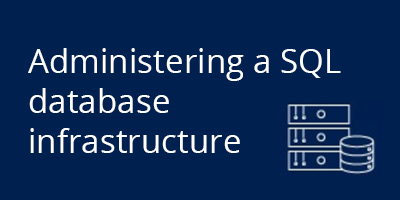Description
Introduction of ServiceNow Security Operations
ServiceNow Security Operations (SecOps): Threat Management and Incident Response focuses on empowering security professionals to effectively manage and respond to security threats and incidents using the ServiceNow platform. This training covers the essential features and capabilities of SecOps, enabling participants to enhance threat detection, streamline incident response processes, and improve the overall security posture of their organizations.
Prerequisites
- Basic understanding of cybersecurity principles and incident response processes
- Familiarity with the ServiceNow platform and its functionalities is beneficial
- No prior experience with SecOps tools is required, but it’s helpful
Table of Contents
1. Introduction to Security Operations
1.1 Overview of Security Operations and Its Significance
1.2 Key Components of ServiceNow Security Operations
1.3 Benefits of Effective Threat Management(Ref: ServiceNow HR Service Delivery: Enhancing Employee Experience)
2. Navigating the ServiceNow SecOps Module
2.1 Understanding the SecOps User Interface
2.2 Configuring Dashboards for Security Monitoring
2.3 Utilizing Security Incident and Event Management (SIEM)
3. Threat Intelligence Management
3.1 Importance of Threat Intelligence in Security Operations
3.2 Integrating Threat Intelligence Feeds(Ref: Introduction to ServiceNow: Navigating the Platform)
3.3 Analyzing Threat Intelligence Data for Proactive Defense
4. Incident Response Process
4.1 Overview of the Incident Response Lifecycle
4.2 Creating and Managing Security Incidents
4.3 Implementing Response Playbooks for Efficient Handling
5. Automating Incident Response
5.1 Introduction to Automation in Security Operations
5.2 Configuring Security Orchestration and Automation Tools
5.3 Utilizing Workflow Automation for Incident Management
6. Vulnerability Management
6.1 Understanding Vulnerability Management Processes
6.2 Scanning and Identifying Vulnerabilities in the Environment
6.3 Prioritizing and Remediating Identified Vulnerabilities
7. Security Incident Management
7.1 Developing a Comprehensive Incident Management Strategy
7.2 Documenting and Tracking Security Incidents (Ref: ServiceNow IT Business Management (ITBM): Aligning IT with Business Strategy)
7.3 Best Practices for Incident Resolution and Reporting
8. Reporting and Analytics in SecOps
8.1 Overview of Reporting Capabilities in ServiceNow SecOps
8.2 Creating Custom Reports and Dashboards for Security Metrics
8.3 Using Analytics for Enhanced Security Decision-Making
9. Integrating SecOps with Other ServiceNow Modules
9.1 Understanding Integration with ITSM, ITAM, and Other Security Tools
9.2 Best Practices for Cross-Functional Security Collaboration
9.3 Case Studies of Successful SecOps Implementations
10. Future Trends in Security Operations
10.1 Emerging Trends in SecOps and Cybersecurity Landscape
10.2 The Role of AI and Machine Learning in Threat Detection and Response
10.3 Preparing for the Future of Security Operations Management
Conclusion
This training equips security professionals with the skills to effectively manage threats and incidents using ServiceNow Security Operations. By implementing best practices and leveraging advanced features, organizations can improve their security posture, enhance incident response efficiency, and foster a proactive security culture. Participants will gain practical insights into navigating the complexities of security operations, ensuring they are well-prepared to address evolving cybersecurity challenges.







Reviews
There are no reviews yet.